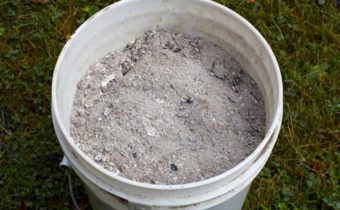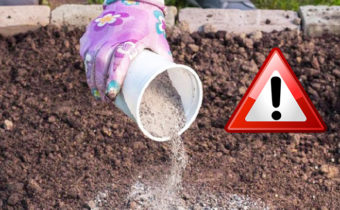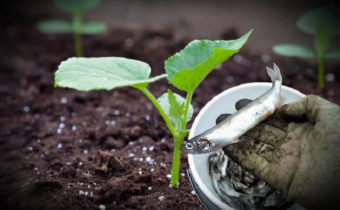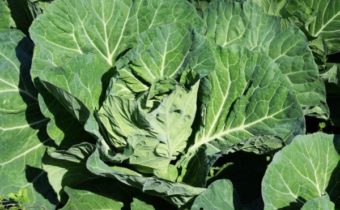Cruciferous siderata for tomatoes
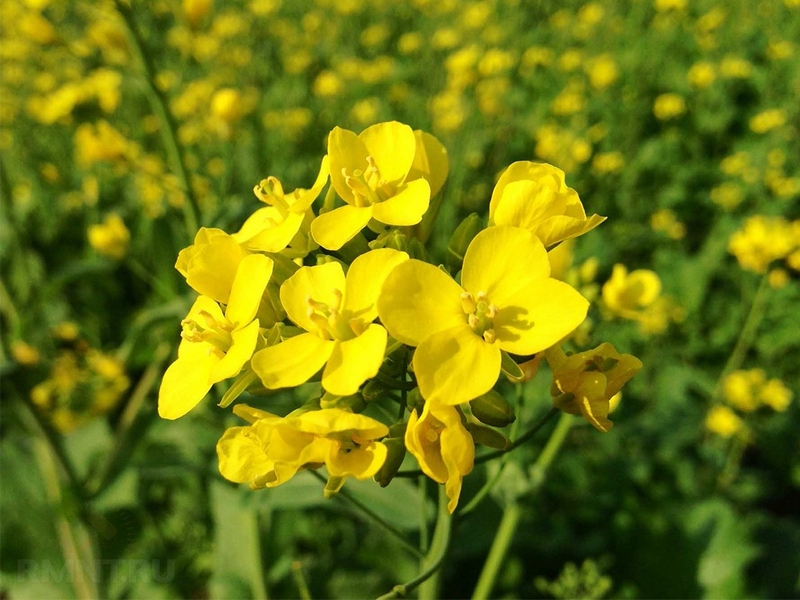
To harvest a good crop of tomatoes without the use of chemical minerals is possible by applying green manure fertilizers. All substances necessary for active growth will fall into the tissues of tomatoes when embedded in the soil of the grown culture.
In addition, after the greening process, the development of pathogens in the soil is suspended, and the pests leave the planted area.
Benefits
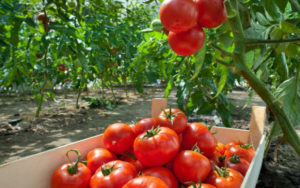
An alternative to chemical fertilizers has many advantages when used.
- Cruciferous green fertilizers provide normal nitrogen nutrition for tomatoes. Through this process, the harvest not only increases, but also increases the content of valuable proteins.
- They saturate plants with phosphorus, which controls metabolic processes in tomatoes, saturating them with energy.
- In the process of sideration cruciferous plants accumulate in themselves magnesium, sulfur, calcium. After embedding the herbaceous fertilizer into the soil, the accumulated substances are transferred to the tomatoes.
- After embedding the fertilizer in the ground, contribute to the rapid growth of the vegetative mass of tomatoes. After all, the root system of “natural feeding” attracts endophyte microbes, which produce nitrogen, which promotes active growth of foliage and stems.
- Natural fertilizers restore soil fertility, increase the basic organic matter in it, which contains nutrients. For sandy soils this is especially important, since all the useful substances are washed away with water into the lower layers of the soil. After that, tomatoes are left without the main nutrients: nitrogen, phosphorus and potassium. The long root system of cruciferous natural fertilizers reaches to a great depth, pulling to the upper layer all the necessary components that tomatoes will later be fed on.
- The resulting greening compounds important for the growth of tomatoes, act much longer than conventional mineral fertilizers.
- Nitrogenous compounds secreted by plants are safe for human health and the environment.
- Cruciferous siderats feed to groups of beneficial bacteria that play a major role in soil formation, the formation of its fertility, emit biogenic elements that use tomatoes throughout the growing season.
- Tomatoes cultivated on cruciferous siderata do not contain nitric acid salts, being completely safe for human health. At the same time, after cultivation on the sites after the green manure crops, the taste and nutritional characteristics of the tomatoes are enhanced compared with the fruits that were used in the cultivation of mineral fertilizers.
- The root system of cruciferous sidereal crops produces specific chemical compounds that inhibit the germination and development of weed seeds.
- Non-lignified green mass of cruciferous fertilizers is similar to the composition of expensive fertilizer - cow humus. However, at the same time, the feeding of green manure contains in its basic formula potassium and phosphorus, which are not present in the rotted mullein.
disadvantages
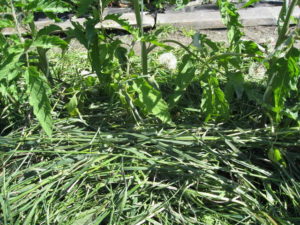
There are practically no downs when growing sideratov. The only significant disadvantage is that plants need to be buried in the ground before flowering so that the plant fertilizers do not scatter the seeds and do not turn into “weeds” themselves.Which will be difficult to get rid of.
Using any single sidereal culture is less effective than combining when planting several plant species.
Types of cruciferous green fertilizers
Cruciferous green fertilizers before planting tomatoes most often sow mustard and oilseed radishes, which differ in the speed mowing. Within 30-50 days after sowing, the plants are ready for embedding in the soil.
Mustard
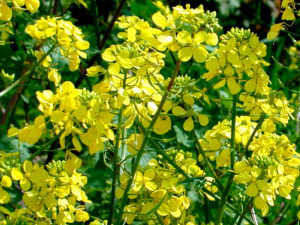
Annual crop, reaching a height of 55cm-65cm, increases the powerful vegetative mass. Its foliage is edible, and in some countries it is used to make salads.
Substances secreted by plants, neutralizing pathogenic spores and microorganisms. Sowing seeds and plowing the crop before planting tomatoes will reduce the number of pathogenic bacilli of the mosaic and phytophtora spores in the ground.
Radish oilseed
The powerful roots of this plant do well with any weed grass, removing it from the site. Has the ability to quickly grow the vegetative mass, blooming within 50 days after sowing. Siderat suppresses the germination of weed seeds, enriches the soil with harmless nitrogen and trace elements, inhibits the development of pathogens, increases the number of beneficial microorganisms and earthworms in the soil.
Rape
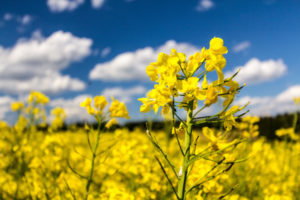
A plant with a very long root system, which pulls phosphorus, magnesium, sulfur from the deep layers of the soil and accumulates substances in itself. And further enriches the soil with elements, gives them to tomatoes in an easily digestible formula. Saturates the soil with oxygen, forms a useful plant biomass. Due to the content in itself of ether compounds, it neutralizes the causative agents of root rot.
Colza
The plant is siderat, which is applicable for growing on any type of soil. It is intended for under-winter planting on future tomato plots. Mediferous culture, improving the properties of the soil, increasing productivity. The root system of the plant accumulates in itself macro and micro elements, does not allow to wash them into deep layers together with melt water. Thanks to its vegetative mass, it creates a reliable soil shelter from freezing.
Sowing and embedment time
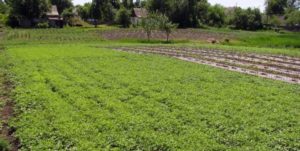
When sowing is important not only the choice of cruciferous siderata, but also the method of its cultivation. So for example:
- The use of siderates in greenhouse structures is different from planting plants in open ground. Rape or colza is sown after full harvesting of tomatoes in late September - early October. Green fertilizer saturates the soil until the beginning of April;
- mustard and oil radish are used to feed tomatoes at any time of the year. Seedlings are planted directly in the area planted with plants, and when the plants grow to 25-30 cm, they are plowed into the soil or harvested into compost;
- The colza has a powerful root system that dries the soil. Therefore, the grass should be sown in September and cut in late October.
If a rape is cultivated on the plot, it is not allowed to plant cabbage, radishes, rutabaga, turnips on it.
Alternate siderata
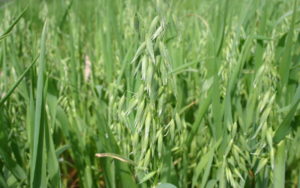
In addition to cruciferous plants, it is possible to sow green manure crops before planting tomatoes:
- oats;
- rye;
- lupine;
- phacelia;
- marigold;
- buckwheat;
- amaranth.
Systematically applying cruciferous green manure crops on tomatoes, in two or three years, it is possible to achieve an improvement in the soil and the complete neutralization of pathogens and pests.


